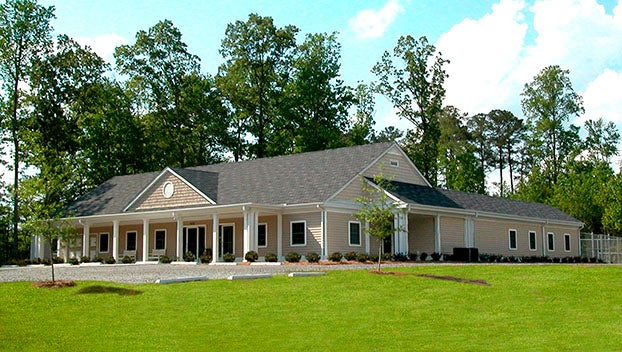Washington considered for Network to Freedom
Published 7:13 pm Friday, May 23, 2014
The City of Washington’s history runs as deep as the Pamlico-Tar River, and now there is part of local culture being pushed for recognition: the Underground Railroad.
The Network to Freedom is documented historical sites along the Underground Railroad that honor the bravery of escaping slaves. The markers extend from the Eastern United States and west to California. Washington resident Leesa Jones is concluding her research to try to give the city a spot along the Network to Freedom.
She has found Washington’s location was instrumental in helping slaves escape to the north and outside the country.
Jones discovered that if slaves could get to Washington, ship captains would help them escape. Late in the Civil War, the Union Army controlled Washington and soldiers helped slaves flee or fight in the war.
“I started to research and I found a lot of information that it (Washington) had been a part of the Underground Railroad,” Jones said. “Mainly because of Washington’s waterfront on the Pamlico-Tar River.”
Many of the city’s historical records were burned when Union soldiers torched Washington twice. The final time was on April 30, 1864.
Jones found that African-Americans would use codes to tell escaping slaves whether to wait or board the ships.
“Some of the information through the grapevine communication system was an indirect way of giving people information,” Jones said. “If someone was trying escape on a ship going north, African-American’s would serve them (black-eyed peas) as a way to let them (slaves) know it’s not a good day to travel.”
The peas were a way of telling escaping slaves that people were watching, Jones said.
In North Carolina, there are currently 14 sites dedicated to the Underground Railroad. Two of the closest places to Washington that commemorate the escaping slaves are in New Bern and Edenton. In New Bern, the site marked is at the Neuse River. The Edenton waterfront was also an escape route.
A book written by Harriet Jacobs in 1842 documented her life escaping from slavery in Edenton. Her book, “Incidents in the Life of a Slave Girl,” was published in 1861, but the names of people and towns were changed. It wasn’t until 1987 that the town was discovered to be Edenton.
Jones is scheduled to go before the Washington City Council to present her research June 9. City council will then decide whether to submit the information on her behalf to the National Park Service for the city receive recognition.
“To get a registry through the National Park Service, an application has to be filled out,” said Sheri Jackson, southeast region coordinator for the National Park Service. “The application is an extensive application and a lot of research has to be done.”
“Part of the research has to prove whether slave people ran away from the area or if it was a destination,” Jackson said. “Applicants also have to find out how they (slaves) escaped from enslavement. Did they get assistance from a person or people?”
The end goal for Jones is to have the entire waterfront in Washington designated a national park honoring the Underground Railroad.







